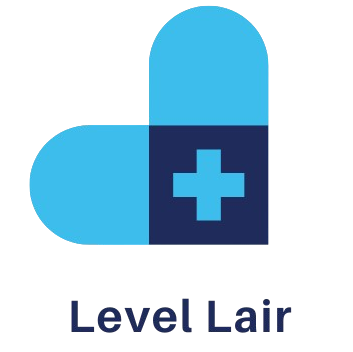Pioneering Solutions in the Nuclear Industry: Shaping a Sustainable Energy Future
As the world confronts the challenges of climate change and seeks to secure a stable energy supply, the nuclear industry is embracing a wave of innovative solutions. These advancements are aimed at enhancing safety, increasing efficiency, and reducing environmental impact, positioning nuclear energy as a crucial component of a sustainable energy mix. This article explores the latest solutions transforming the nuclear industry and their potential to address global energy needs.
1. Cutting-Edge Reactor Technologies
New reactor designs are redefining the landscape of nuclear energy, focusing Nuclear NDT solutions on safety, efficiency, and adaptability:
- Small Modular Reactors (SMRs): SMRs are compact, scalable reactors that offer significant advantages in terms of construction and deployment. They are designed to be factory-built and transported to site, reducing construction time and costs. SMRs feature advanced safety systems, such as passive cooling and containment measures, which enhance their operational safety and reliability.
- Generation IV Reactors: These advanced reactors are developed with goals of sustainability and efficiency:
- Fast Neutron Reactors: These reactors utilize fast neutrons to sustain the nuclear reaction and can recycle spent fuel, thus reducing the amount of high-level waste and making better use of nuclear materials.
- Molten Salt Reactors: By using molten salts as both coolant and fuel, these reactors operate at higher temperatures and offer improved thermal efficiency and inherent safety features, such as a lower risk of catastrophic failure.
2. Breakthroughs in Nuclear Fusion
Nuclear fusion, which mimics the processes powering the sun, has the potential to revolutionize energy production with minimal environmental impact. While still under development, fusion research is making significant strides:
- ITER (International Thermonuclear Experimental Reactor): ITER is a groundbreaking international project based in France, designed to demonstrate the feasibility of nuclear fusion as a large-scale energy source. Its success could pave the way for commercial fusion reactors, offering a nearly limitless and clean energy supply.
- Private Sector Initiatives: Various private companies are pursuing innovative fusion technologies, such as compact fusion reactors and alternative confinement methods. These efforts aim to accelerate the commercialization of fusion power and bring it to the energy market sooner.
3. Advancements in Waste Management
Effective waste management is crucial for the long-term sustainability of nuclear power. New strategies and technologies are addressing the challenges associated with nuclear waste:
- Advanced Fuel Reprocessing: Modern reprocessing techniques enhance the extraction and reuse of valuable materials from spent nuclear fuel. This reduces waste volume and radiotoxicity, contributing to a more sustainable nuclear fuel cycle.
- Deep Geological Disposal: Long-term disposal solutions, such as deep geological repositories, involve isolating waste in stable underground formations. Projects like Finland’s Onkalo repository are leading the way in safely managing nuclear waste over thousands of years, minimizing environmental impact.
4. Digital Transformation in Nuclear Operations
The integration of digital technologies is transforming nuclear power plant operations, improving safety and efficiency:
- Real-Time Monitoring Systems: Advanced sensors and data analytics enable real-time monitoring of reactor conditions, allowing for early detection of potential issues and improving overall safety. These systems help operators make informed decisions and respond quickly to operational changes.
- Robotic and Automated Systems: Robotics and automation are increasingly used for tasks such as maintenance, inspection, and decommissioning. These technologies reduce human exposure to radiation, enhance precision, and lower operational costs.
5. Enhancing Public Engagement and Transparency
Building public trust is essential for the continued growth of nuclear energy. The industry is focusing on transparency and community engagement to address public concerns:
- Educational Programs: Initiatives to educate the public about nuclear energy, its benefits, and safety measures aim to dispel myths and foster a better understanding of the industry’s role in a clean energy future.
- Community Involvement: Engaging with local communities in decisions related to nuclear projects, including site selection and waste management, helps build trust and ensures that community concerns are taken into account.
6. International Cooperation and Standards
Global collaboration is key to advancing nuclear technology and ensuring safety:
- Collaborative Research: International partnerships, such as those within the Generation IV International Forum (GIF) and other joint research initiatives, facilitate knowledge sharing and development of advanced technologies.
- Global Safety Standards: Organizations like the International Atomic Energy Agency (IAEA) work to establish and enforce international safety standards, ensuring that nuclear operations worldwide adhere to high safety and security protocols.
Conclusion
The nuclear industry is at a transformative juncture, with innovative solutions driving progress and addressing key challenges. Advances in reactor technology, fusion research, waste management, and digitalization are positioning nuclear energy as a vital component of a sustainable energy future. As global demands for clean and reliable energy continue to grow, these solutions will play a critical role in providing low-carbon energy while minimizing environmental impacts. The future of nuclear energy is being shaped by these advancements, promising a cleaner, more secure energy landscape for generations to come.
